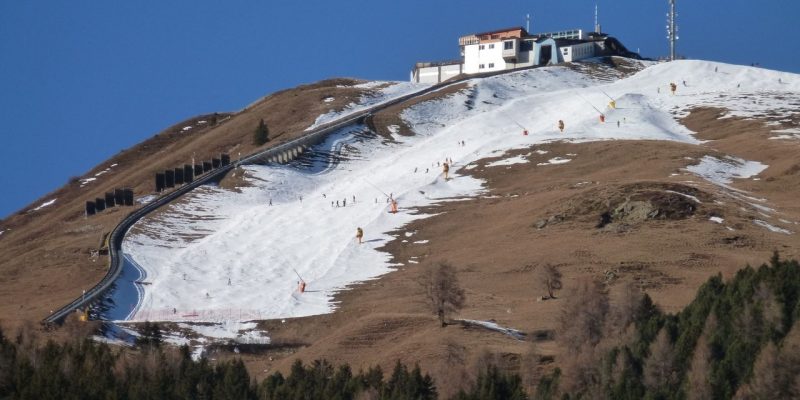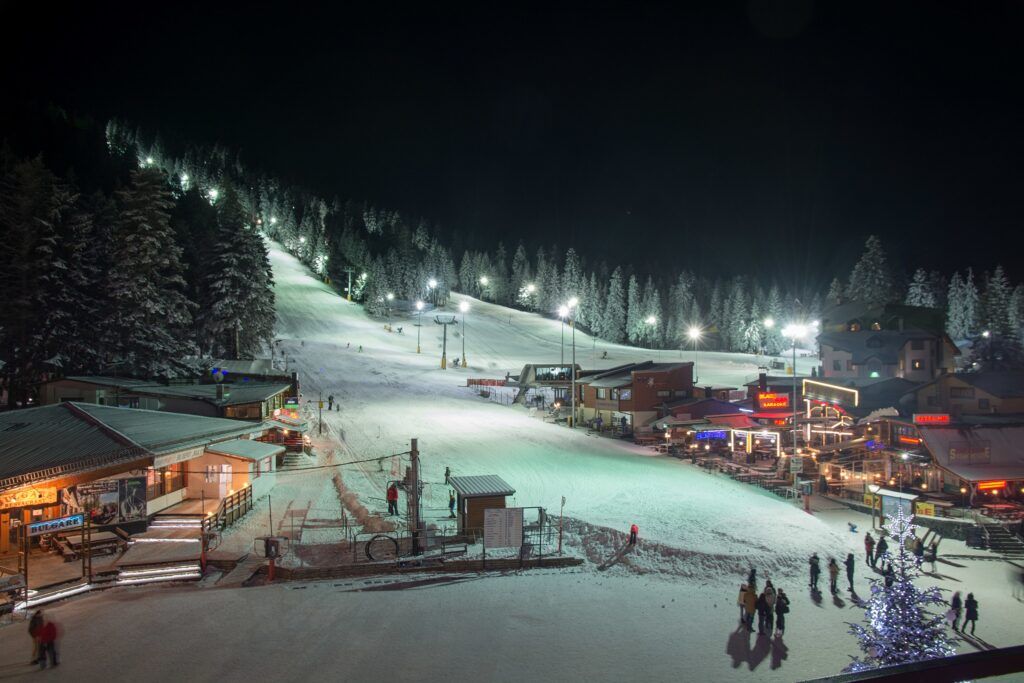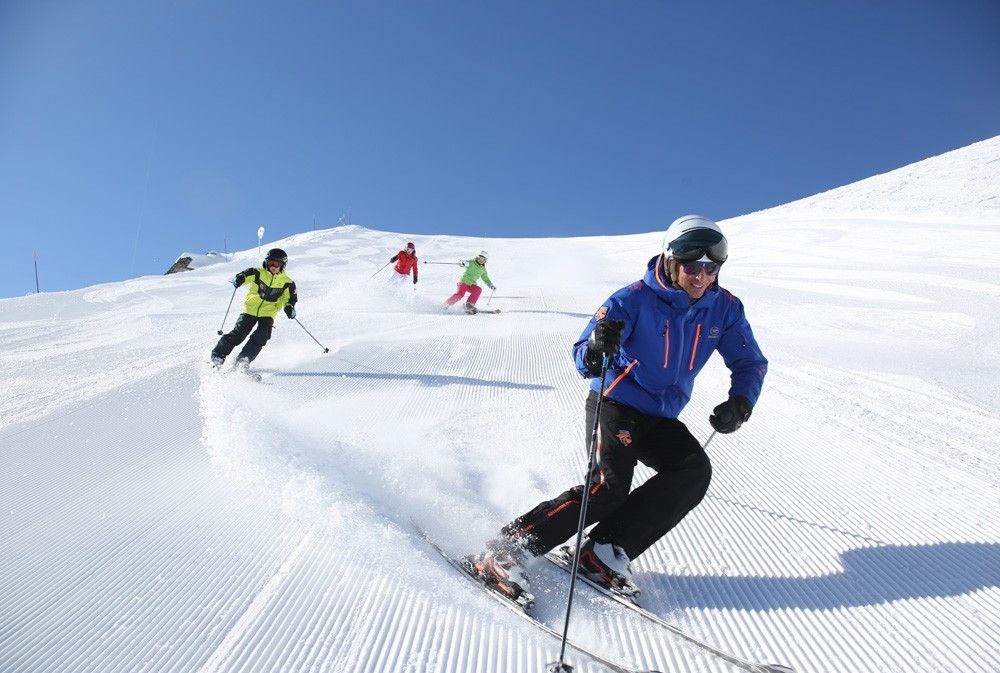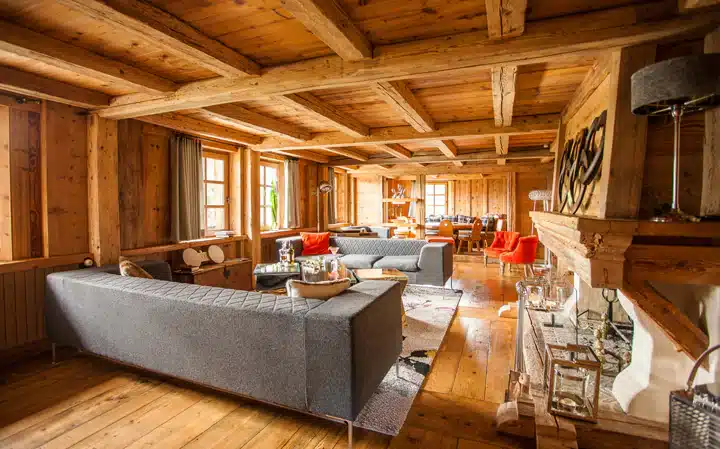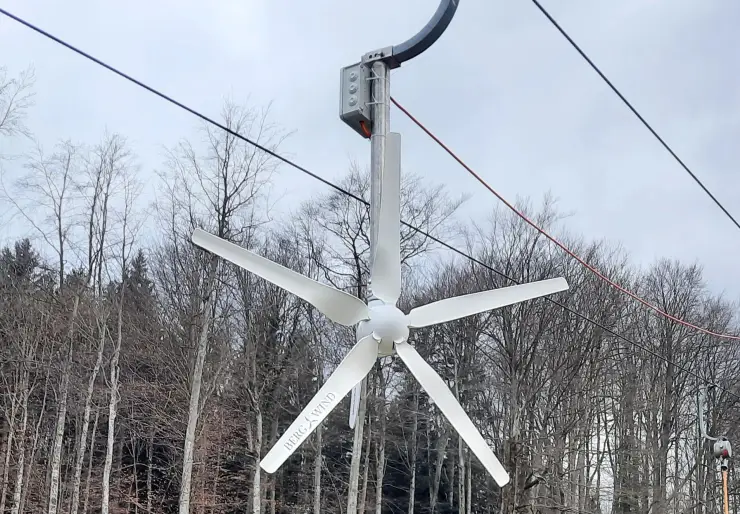Scientists from the Barcelona Institute of Materials Science in Spain have developed a groundbreaking, environmentally friendly method for producing artificial snow. This innovation is expected to save up to 30% of the energy required to create snow.
Currently, around 95% of ski resorts in the northern hemisphere are forced to make artificial snow to sustain operations amid climate change conditions.
In their quest for a greener solution, they plan to introduce minerals into the water that form the snow. The aim is to mimic the processes occurring in clouds. The primary ingredient is expected to be feldspar, a mineral that constitutes roughly 60% of the Earth’s crust. This would enable the formation of flakes in snow cannons at higher temperatures, resulting in a one-third reduction in electricity consumption. Remarkably, just one cup of feldspar would suffice for the entire winter season.
Moreover, typically only about 75% of the water in snow cannons transforms into snowflakes, as some of it doesn’t freeze or remains in the snow cannon. Researchers anticipate that the new method will increase the proportion of “usable” snow to 90%.
In an exciting development, experts plan to test this innovative approach over the next three years at the La Molina ski resort in northeastern Spain. This marks a hopeful stride towards more sustainable and energy-efficient snow production for the future of winter sports.


